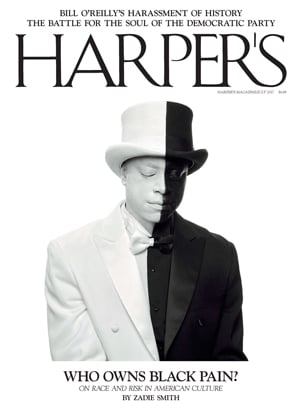Youth and Empire: Trans-Colonial Childhoods in British and French Asia by David Pomfret (review)
The Journal of the History of Childhood and Youth
Volume 10, Number 2, Spring 2017
pages 271-273
Molly J. Giblin, Instructor
University of Memphis, Memphis, Tennessee
Youth and Empire: Trans-Colonial Childhoods in British and French Asia.
By David Pomfret.
Stanford, CA: Stanford University Press, 2015. 416pp. Cloth $65.
While colonial cities like Singapore, Hong Kong, Saigon, and Hanoi were home to relatively small numbers of Europeans in comparison to the settler colonies of Algeria, Australia, or New Zealand, David Pomfret’s Youth and Empire argues that childhood in these spaces served as a touchstone upon which regimes of race and hierarchies of power were negotiated. Pomfret’s sociocultural history explores the role of childhood in British and French colonial urban centers in Asia. Because youth epitomized both the physical and figurative vulnerability of Europeans in the tropics, attempts to regulate childhood mirrored the efforts of French and British colonial authorities to safeguard the future of a European project in the East. Colonial subjects used childhood, children, and child-rearing to delineate boundaries of identity, thus bringing together everyday life and high-level policymaking.
Pomfret builds upon work by such scholars as Ann Laura Stoler, Elizabeth Buettner, Julia Clancy Smith, and Frances Gouda, who have articulated how imperial authority pivoted around constellations of sex, gender, domesticity, and the family. He unites the children of the colonized and of colonizers within a single but capacious analytical framework that allows him to contrast the productive (but potentially dangerous) malleability of the European child with the perpetual infantilization of Asian colonial subjects. Pomfret examines how childhood itself was at the fulcrum of the European colonial project in Asia because it worked in tandem with parallel hierarchies of race, gender, and civilization. The scope of the project—stretching between two empires and across spaces within them—creates a challenge that Pomfret rises to meet. He recognizes that conceptions of childhood were constructed and shifting within Europe as well as in its overseas territories. Nonetheless, he manages to draw broad conclusions across imperial lines while pointing to moments of divergence, showing how local cultures weighed differently upon the demands of colonial prestige, expectations of age, and racial seclusion. In an anthropologically informed argument, he demonstrates that confluences in policy and perception were due in part to cross-cultural perceptions of youth, but more importantly, grew out of pan-imperial conversations about whiteness, race, and cultural hygiene.
Pomfret’s wide-ranging study is based upon artful readings of published and archival sources that span the globe and two centuries of colonial history. Because Pomfret evaluates childhood from the standpoint of colonial management, potential paths of inquiry remain somewhat underdeveloped. Perhaps due to constraints of language, most of Pomfret’s historical informants are European. He demonstrates that “local pressures ensured that colonial childhoods developed quite different meanings and parameters on the ground” (53). However, such pressures seem to be grounded in administrative exigencies or national prejudices. What of indigenous ones? While he does attempt to draw indigenous voices out of European sources and is alert to trans-racial physical and emotional connections expressed within them, only in the last third of the book does the reader encounter substantive discussions of any of the non-European participants involved in ordering childhood. Though he refers many times to interaction with Asian wives, amahs, wet nurses, students, and medical practitioners, they are for the most part spectral, serving as foils against which the subjectivities of European childhood were assembled. His sophisticated analysis of the twin discourses of childhood and infantilization becomes somewhat muted by too-neat distinctions between early assimilationist and later associationist French policy, and he overly insists on the pervasiveness of the “decivilizing” critiques that Europeans leveled against Chinese in the nineteenth century (28). Moreover, Pomfret’s tendency to ventriloquize Asian responses risks replicating the discourses that he claims to analyze. Likewise, Pomfret’s multicentered approach shows how people and ideas moved across imperial spaces. Yet he does not linger upon existing codes of kinship (Confucian and otherwise) that would likely have coexisted in the multiethnic cities of Southeast Asia and the Pacific. Pomfret does touch upon widespread European ideas about the antiquity of East Asian cultures. However, he argues, that narrative contributed to an emphasis on how cultural failings (such as a lack of…




